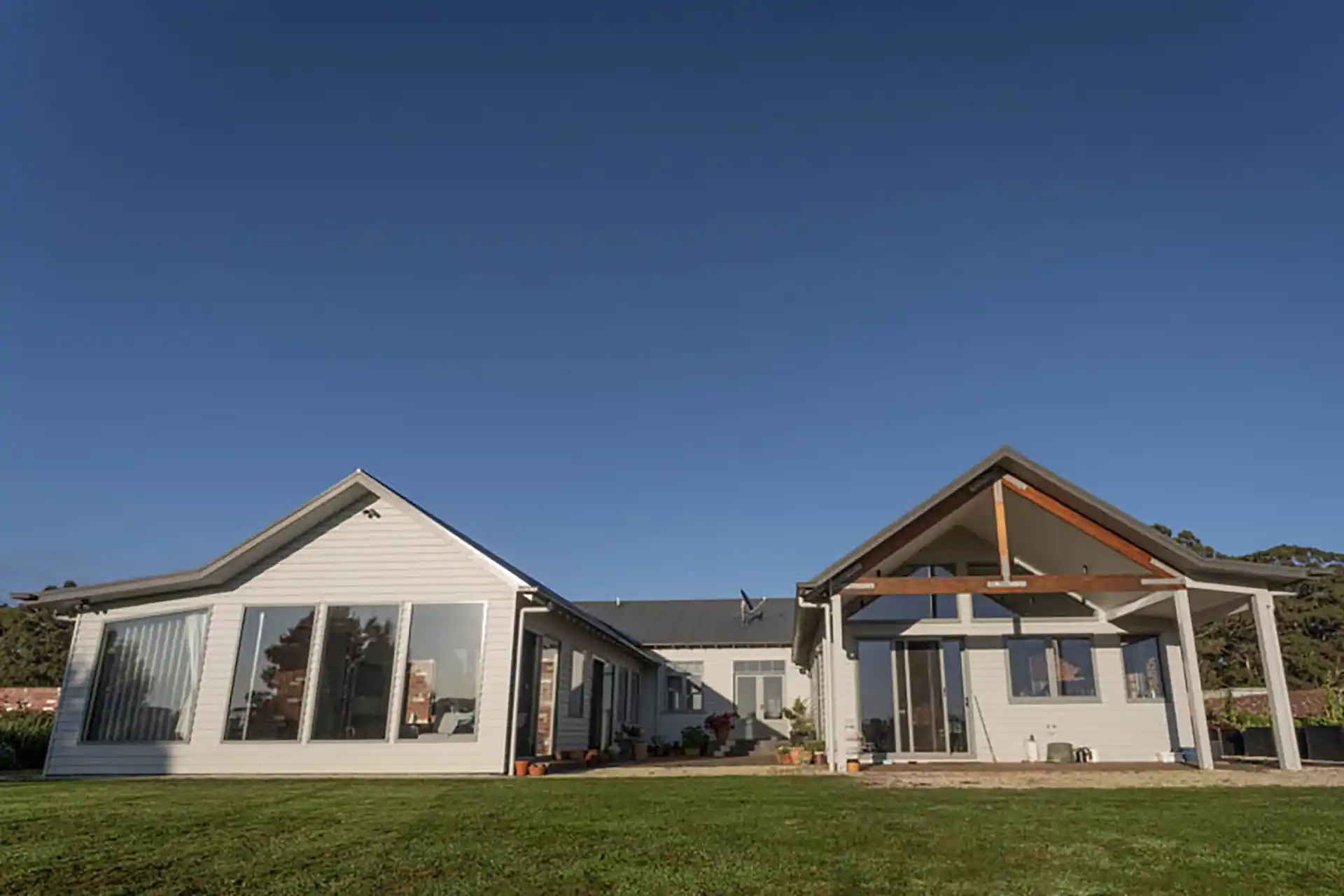
Date
In today’s digital age, a website serves as the virtual storefront for businesses and individuals alike. With attention spans dwindling and competition soaring, the need for captivating content has never been more crucial. Among the myriad of elements that constitute an effective website, photography stands out as an indispensable tool for engagement, branding, and storytelling. Let’s delve into why photography is essential for websites and how it elevates the user experience to new heights.
- First Impressions Matter: They say a picture is worth a thousand words, and nowhere is this truer than on the web. Visitors to your website form an opinion within seconds of landing on your page, and compelling imagery is the key to making a positive first impression. High-quality, visually appealing photographs instantly convey professionalism, credibility, and trustworthiness, which are vital for establishing rapport with your audience.
- Visual Storytelling: Photography has a unique ability to convey emotions, tell stories, and evoke visceral responses. By strategically incorporating images that align with your brand’s narrative and values, you can effectively communicate your message and forge deeper connections with your audience. Whether it’s showcasing your products in action, capturing the essence of your brand culture, or highlighting your team members, photographs add depth and authenticity to your storytelling efforts.
- Enhanced User Experience: A well-designed website is intuitive and user-friendly, guiding visitors seamlessly through the content. Photography plays a pivotal role in enhancing the user experience by breaking up text-heavy sections, providing visual cues for navigation, and creating focal points that draw the eye. Compelling visuals not only grab attention but also encourage exploration and engagement, keeping visitors on your site longer and increasing the likelihood of conversion.
- Brand Identity and Recognition: Consistency is key to building a strong brand identity, and photography plays a central role in shaping how your brand is perceived. By adhering to a cohesive visual style across your website, including color schemes, image compositions, and editing techniques, you reinforce brand recognition and leave a lasting impression on visitors. Memorable photographs that encapsulate your brand’s personality and values help differentiate you from competitors and foster brand loyalty.
- SEO Benefits: In addition to captivating human visitors, photography can also boost your website’s search engine optimization (SEO) efforts. Alt tags, captions, and image filenames provide valuable metadata that search engines use to index and rank your content. By optimizing your images with relevant keywords and descriptive text, you increase the likelihood of your website appearing in image searches and improve overall discoverability.
- Social Sharing and Virality: Compelling imagery is inherently shareable, making it a powerful catalyst for social media engagement and virality. When visitors encounter striking photographs on your website, they’re more likely to share them across their social networks, amplifying your brand reach and driving traffic back to your site. Incorporating social sharing buttons alongside your images encourages this behavior, turning your website visitors into brand advocates and ambassadors.
In conclusion, photography is an indispensable component of effective website design, offering myriad benefits ranging from enhancing visual appeal and storytelling to improving user experience and SEO performance. By investing in high-quality photography that aligns with your brand identity and resonates with your target audience, you can create a compelling online presence that sets you apart in a crowded digital landscape. Remember, in the age of scrolling and swiping, captivating imagery is the key to capturing hearts, minds, and clicks.


